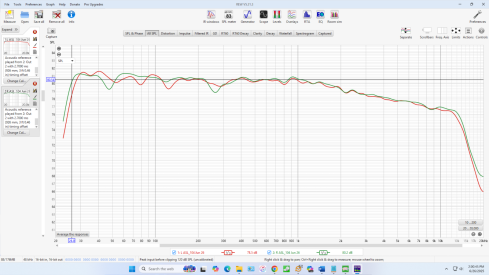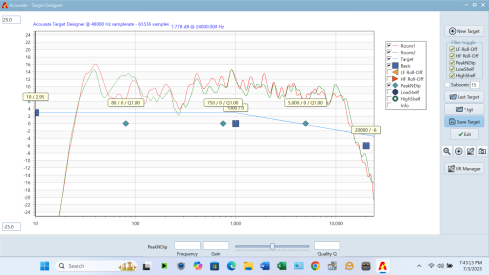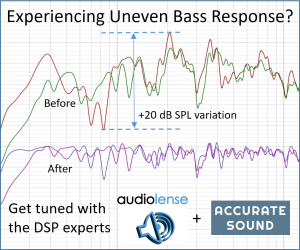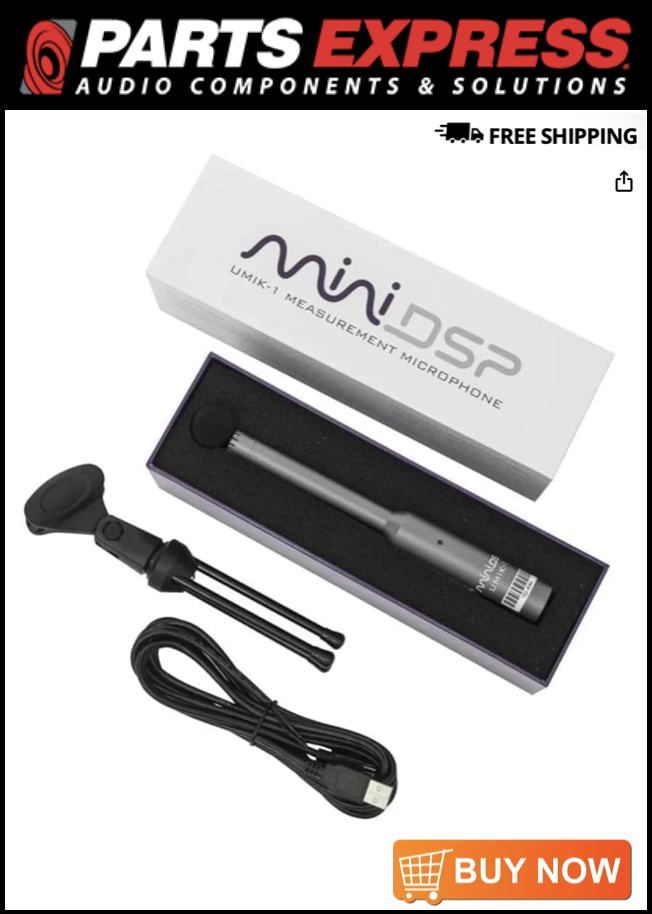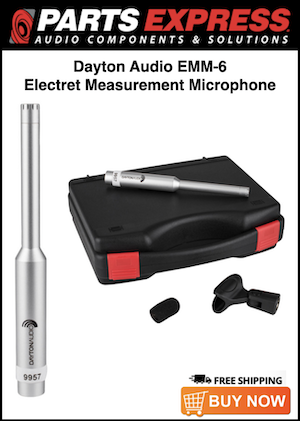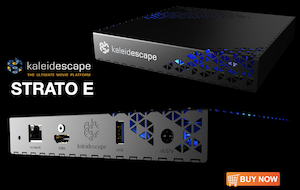Sliderule
Member
More
- Front Speakers
- Soundlab Majestic 745's
I am currently using an Acourate convolver and DSP filters with a laptop. The signal processing delay is abour 2.7 seconds I am currently using acoustic timing with 2.7ms delay (3ft.) for swept frequency measurements.
I have looked at loopback but I don't understand how they would work with a convolver. Any assistance to make better measurements would be appreciated.
Slidrule
I have looked at loopback but I don't understand how they would work with a convolver. Any assistance to make better measurements would be appreciated.
Slidrule







